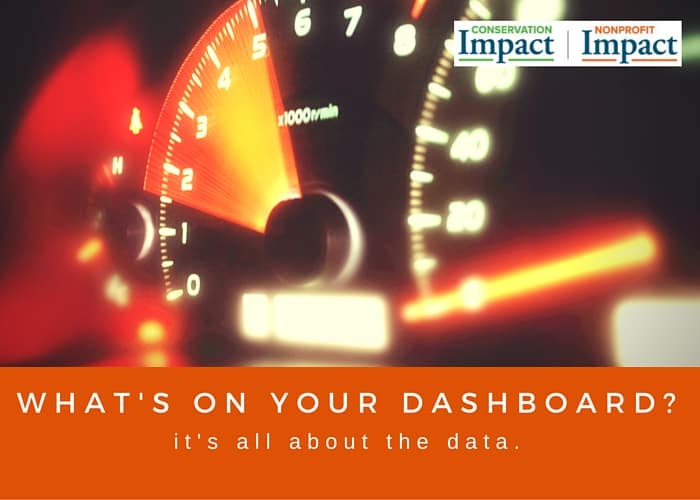
Does it really matter?
Are your efforts adding up to your desired impact?
Asking and answering this question isn’t a one-time activity. For organizations that want to successfully navigate change, take their impact to the next level, or just be the best mission-driven effort they can be, monitoring and analyzing your ultimate effectiveness needs to be standard operating procedure.
It’s all about data. What data can you examine in order to monitor your impact and understand the health and effectiveness of your business model at any given time? It depends upon your identity; more specifically, what we like to call, “the win.”
Think of your organization’s win as the ultimate difference you want to make in the world. What problem do you seek to solve? What need do you aspire to meet? The win is the core of your identity. It’s your DNA.
Measuring the Win
Given that, any organization’s most important data points are those that monitor progress towards the win. A few examples:
- A water education group seeking to inform policy makers about the nuances and tradeoffs of different water policy options might track number of information requests from policymakers or growth in social media posts liked or retweeted by government employees.
- A social service agency working to connect older adults with the long-term supports and services they need to successfully age in place might monitor the average length of time from when a client first contacts them to when they report having signed up with appropriate services.
- A healthy living community organization focusing on diabetes prevention might track the number of individuals from their target market that complete an evidence-based self -management program or self-reported A1C levels over time.
For most organizations, it is also important to monitor financial health and relationships with core constituents. Again, an organization’s best financial or constituent-related data points depend upon their specific situation.
- For a start-up arts organization, it may be most important to closely monitor cash flow while the 25 year-old land trust may be better off focusing on endowment returns and number of months’ worth of financial reserves on hand.
- Using those same examples, the arts group might need to pay most attention to how many new donors and gallery visitors its outreach efforts attract each month. Meanwhile, the land trust’s most important constituent-related data points might include its donor retention rate and recruitment of new leadership-level volunteers.
Less is More
Remember it’s not about the quantity of data, but the right data for your organization. Seek out those few, critical indicators that can serve as your daily dashboard. In the same way that your car’s dashboard tells you if you have enough gas, your mileage, and your speed (but not every single thing occurring in your engine block), your organizational dashboard tracks your most important indicators so that you can monitor them daily and adapt as needed.

